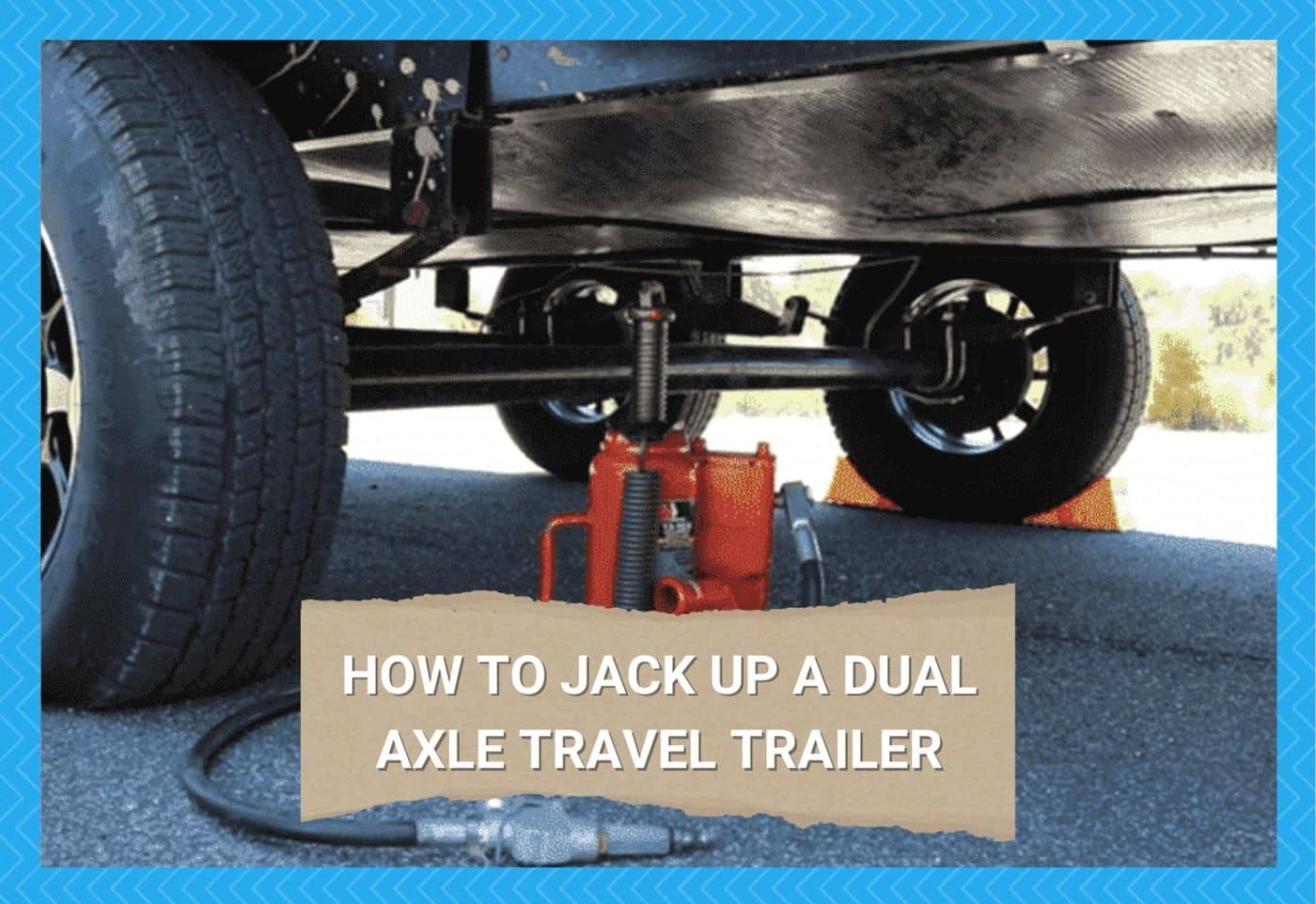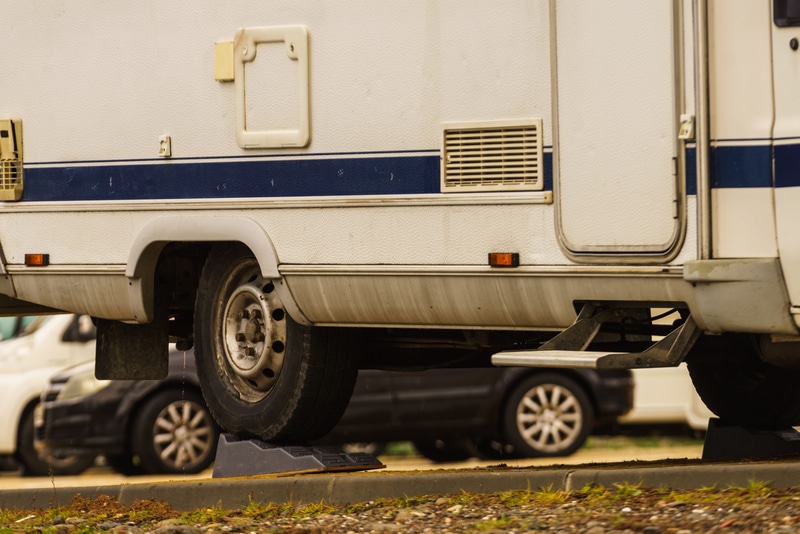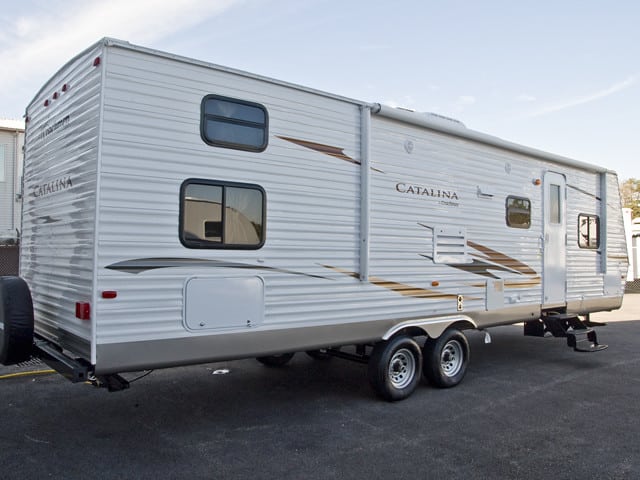
Breakdowns and tire blowouts are part of a traveler’s life. Especially if you are traveling in a trailer or RV, these can be regular occurrences. While doing maintenance before hitting the road may prevent them from happening, some situations are out of your hands.
Even worse, problems like these may happen when there’s no immediate help available. For instance, when you’re in a dead zone or AAA is dozens of miles away.
Not only is it dangerous to be stranded in the middle of nowhere, but there’s no telling when help might come. For all you know, you could be stuck out there for days with little supplies.
That’s why you must learn basic car repair skills, at least those that can help you handle the usual problems.
As a licensed driver and trailer owner, you should know how to replace flat tires or patch leaks under your vehicle. But if you don’t, you must learn them before continuing your journey.
Hydraulic Jack: Principles and Applications
Apart from learning basic car repair skills, it would be best to have standard repair tools in your trailer. One of them is the hydraulic jack.
This device is used to lift equipment or vehicles when you need to comfortably access the underside or seize pressure from components that need fixing.
Hydraulic jacks come in different types—floor jack, scissor jack, high-lift jack, etc.—but the one commonly used on vehicles, such as trailers, is the bottle jack.
They all have the same function—lifting heavy objects easily—and only vary in structure. Bottle jack got its name from its bottle-like body.
You’re probably wondering how a hydraulic jack can lift a vehicle a thousand times its size and weight. As complex as it may seem, its principles are pretty basic. Two things happen when you’re using a hydraulic jack:
1.) You push the lever repeatedly.
2.) The small piston pressed down by the lever also presses the hydraulic fluid inside the device.
According to the principle of levers, you can exert a large force over a short distance at one end of the lever by exerting a small force over a long distance at the other end.
So, when you push down the lever at the far end, you can assume that the force you create at the other end connected to the small piston is dozens or even hundreds of times stronger.
According to Pascal’s law, the pressure inside a smaller container is the same as the pressure inside a larger container connected to it.
But this principle only applies to a confined system like a hydraulic jack. The pressure gets stronger as the area it pushes gets bigger, much like how the force exerted by the lever gets stronger at one end as the distance of the other end where the original force is exerted gets bigger.
In the case of a hydraulic jack, even if you only exert a small force on the smaller piston, the force is multiplied several times as it reaches the larger piston, which has a wider surface area. This is why you can jack up an entire trailer without breaking a sweat.
Ramps: Easier and Safer Alternative
Unfortunately, most trailer owners find hydraulic jacks complicated to operate.
They also worry that it might fail when subjected to excessive weight, even if manufacturers specifically indicate their capacity on the device itself since its material can only hold so much pressure. A ramp would be a safer and more user-friendly alternative.
Like the hydraulic jack, a ramp comes in different forms, but most trailer owners use the portable type. After all, bigger ramps like those found in service centers are hard to store.
These portable ramps are just as big as hydraulic jacks and can lift a trailer one tire at a time. They also provide enough elevation to allow access to the car’s undercarriage.
However, a ramp can only raise a vehicle at a fixed height, unlike a jack. Therefore, to add elevation to your trailer, you will need a bigger ramp.
Also, ramps are available in limited sizes since you need to run the tires on them and rolling up a steeper angle might cause some problems.
How to Jack Up A Dual Axle Travel Trailer
Sometimes, when your mind gets fixated on the science behind a machine’s functions, you become anxious and start making mistakes.
You don’t want to make mistakes when handling a hydraulic jack, especially if you’re using it on a vehicle as massive as a dual-axle trailer. So, let’s get physics off the table and talk about how to jack up a trailer.
But before we get to the exciting part, let’s first understand what a dual-axle trailer is. It’s a trailer with two sets of wheels.
Depending on its length on either side, it will probably stand straight, unlike a single-axle trailer that will always tilt toward or away from the tow coupling if not connected to the tow vehicle.
Here’s how you jack up a dual-axle trailer using a jack or ramp to replace a flat tire, change oil, or fix something on its undercarriage:
- Check the trailer’s bearing and balance. Unless you’re using a ramp or your trailer can stand independently, you might need to set up the support leg before jacking up the trailer. The pillar will prevent the trailer from tilting forward or backward. Some trailer owners keep the tow vehicle hooked up to the trailer to maintain support. However, this is slightly risky as stress might form at the coupling section when the trailer is raised on one side.
- Park your vehicle at a safe, wide, and level spot. Roll the tires on the ramp (if you choose to use one) to maximize the space. Set the tow vehicle to the parking brake, then block the tires opposite the one you’re replacing with wheel chocks. That should prevent the trailer from moving. You need it to be as stable as possible throughout the repair.
- If you’re using a jack, you will probably notice that the device’s top screw doesn’t reach the frame through which you’re planning to raise the trailer. In that case, you can put leveling blocks underneath the jack to compensate for the deficit. Once the jack touches the frame, push the lever repeatedly until the trailer rises to a safe height.
- After replacing the flat tire, you can lower the vehicle slowly by switching the valve found at the base of the jack. If you’re using a ramp, remove all the wheel chocks and support leg (if you set it up), then slowly roll the trailer back to the ground.
Safety Reminders
A dual-axle trailer can weigh up to five tons when loaded. That’s the weight you’re dealing with when jacking up your trailer, so you must be careful. Keep these few reminders in mind:
- When using a ramp, make sure it’s properly aligned with the tire and carries the tire in its center.
- Don’t release the tow vehicle’s brakes until the trailer is fully grounded.
- Always inspect your jack or ramp for damage before using it. Even a tiny crack could lead to a fatal accident.
- Inspect the replacement tire, too. It might lack enough pressure or need patching like the one you’re replacing.
Wrap-Up: Knowledge Is Power!
You don’t have to be a mechanic to be able to fix or maintain your trailer. All you need is to gain basic repair skills. Your skills will be your best friend when professional help isn’t available.
Invest in high-grade tools, too. They’re your weapons when breakdowns threaten to disrupt your journey. Also, remember never to underestimate the weight of a vehicle. Only use jacks or ramps from trusted brands.




